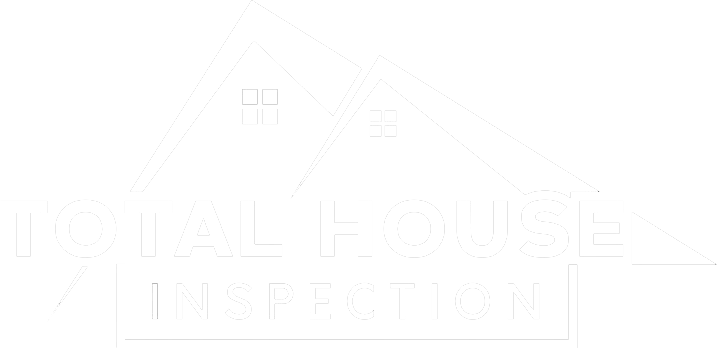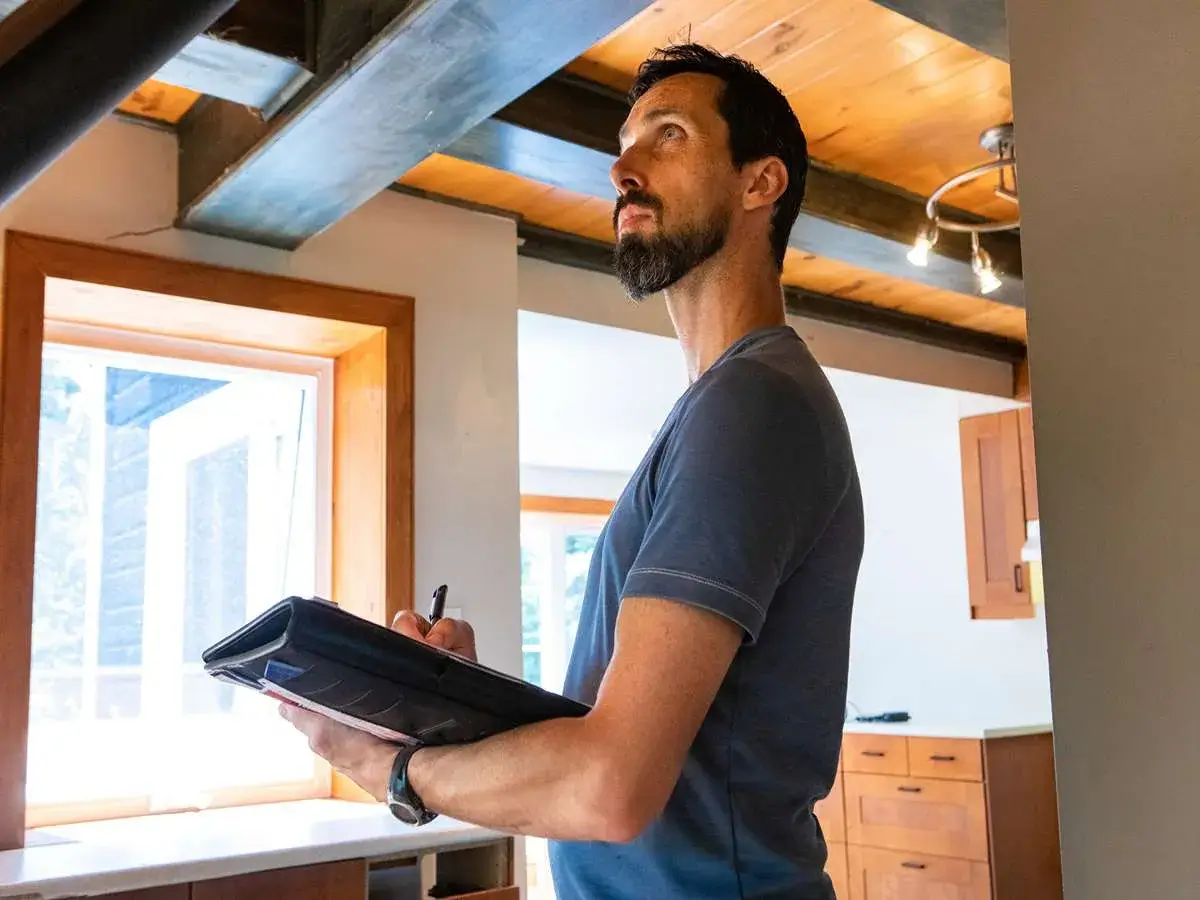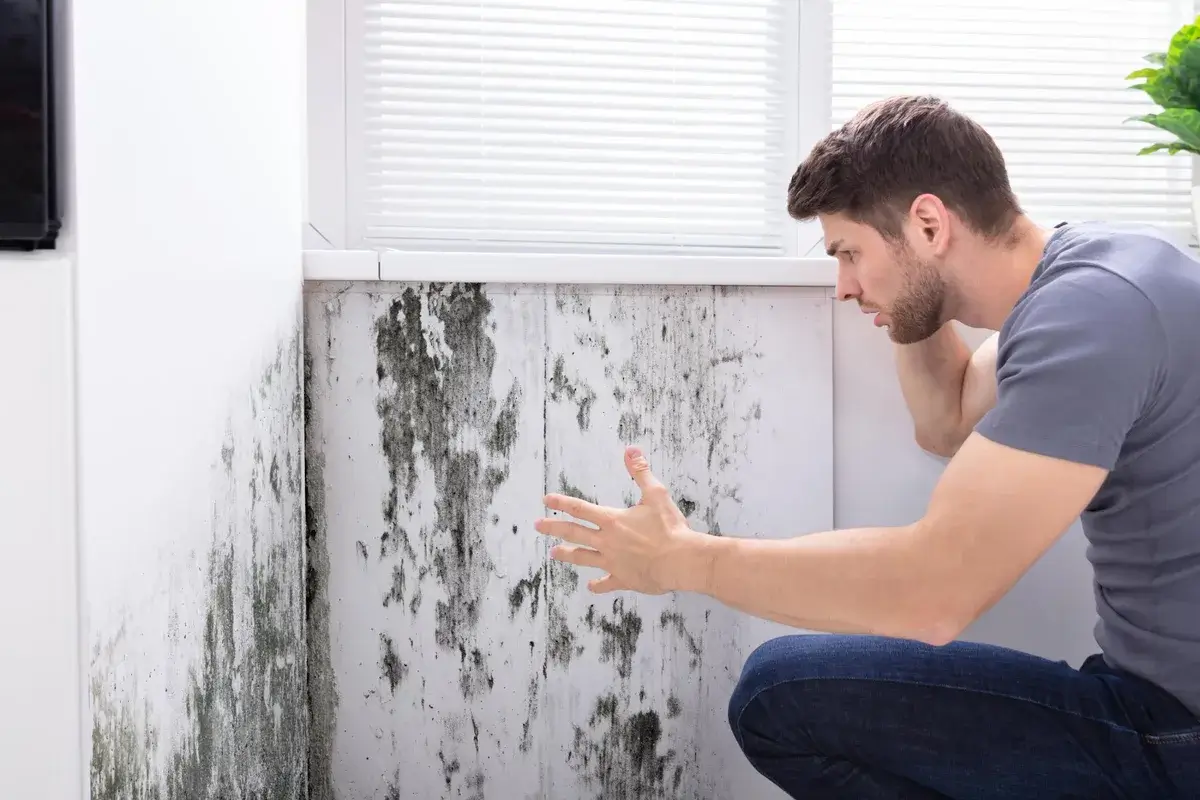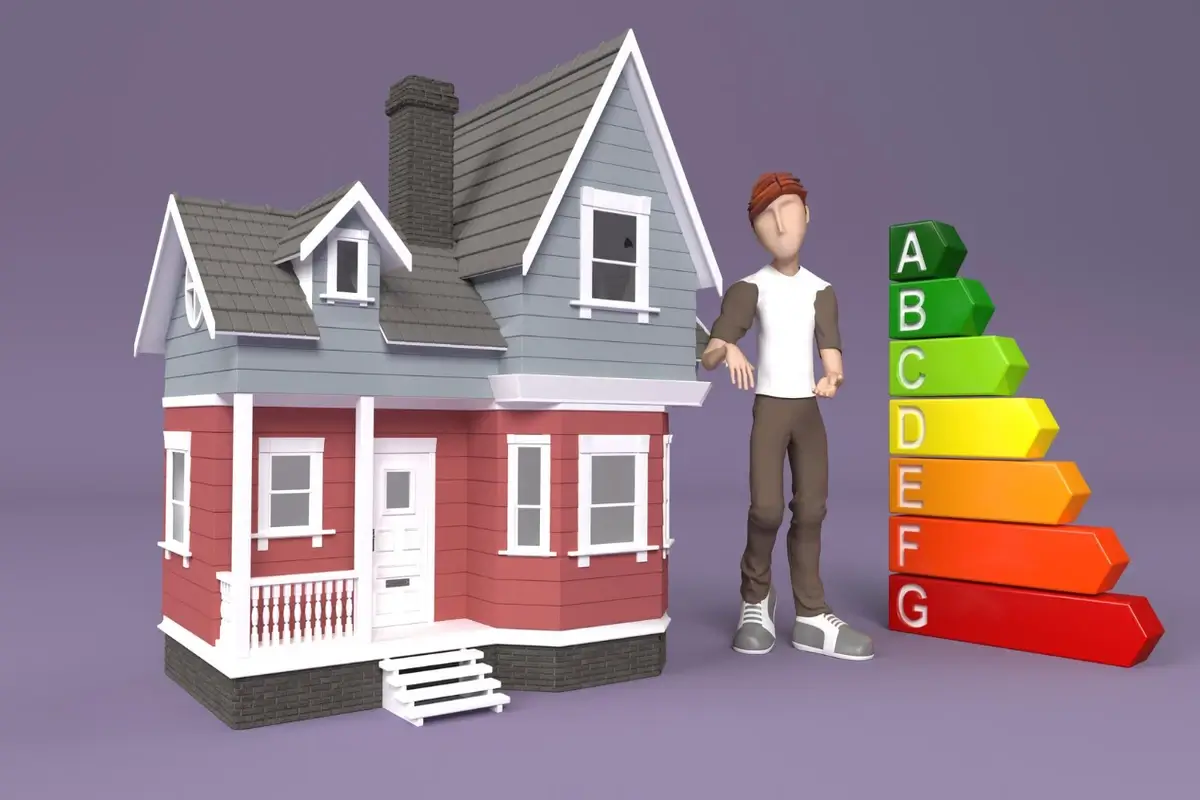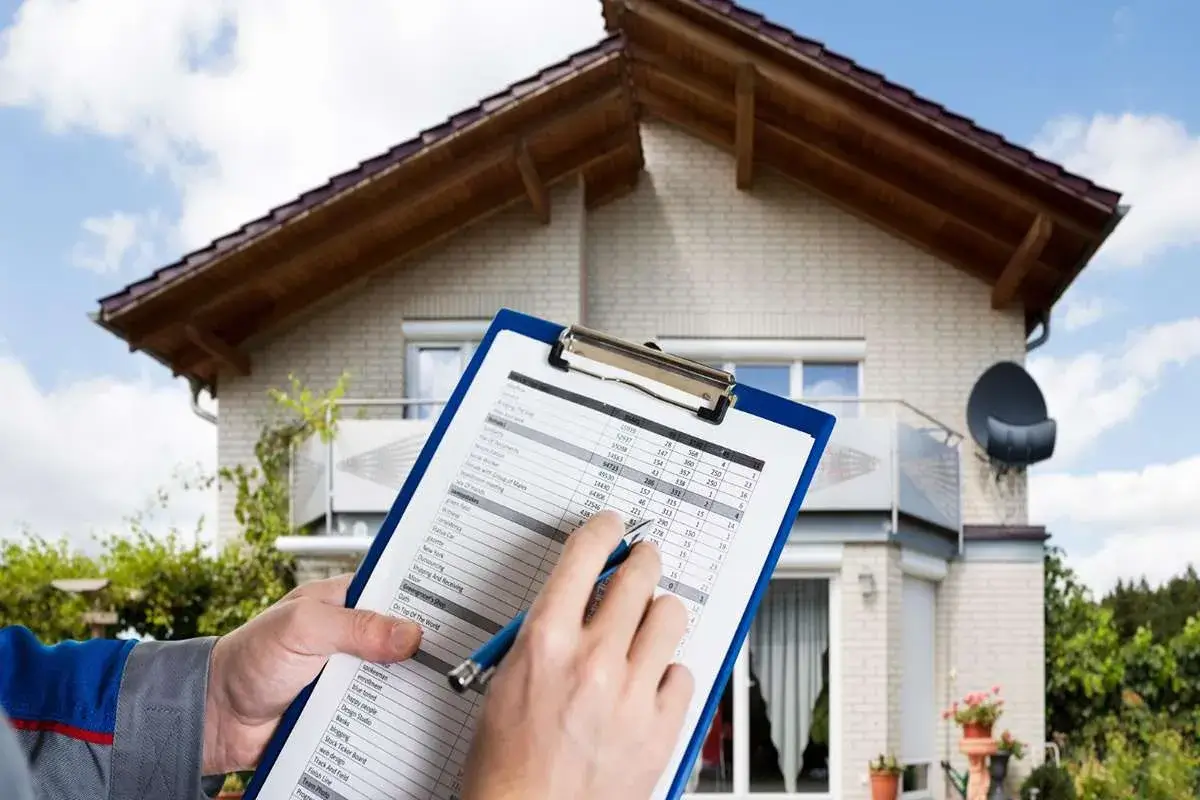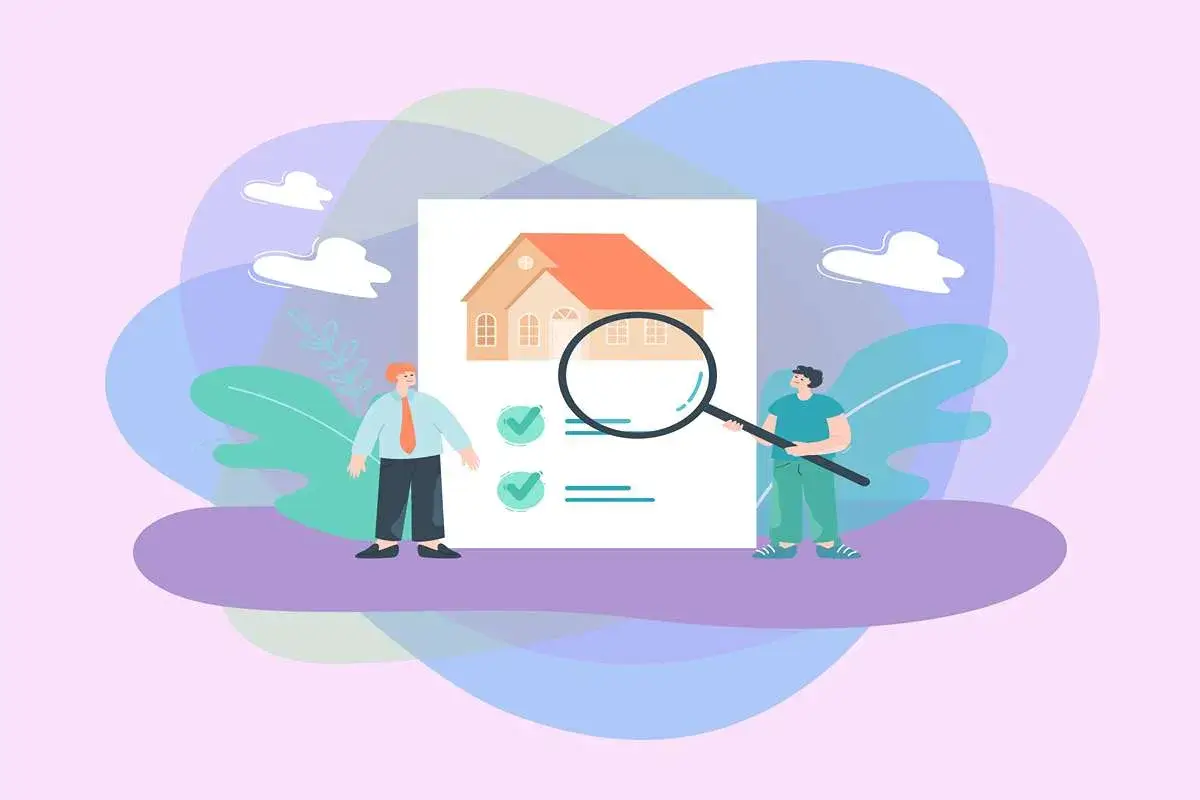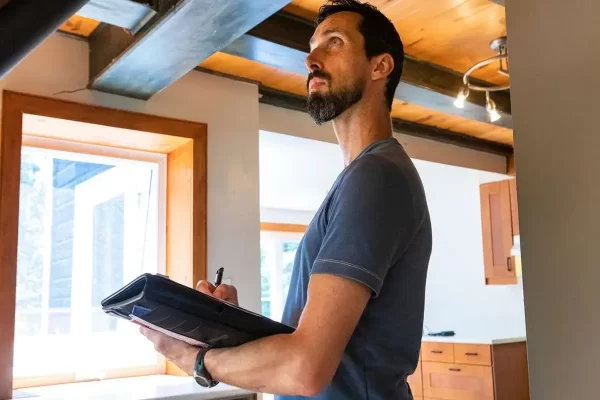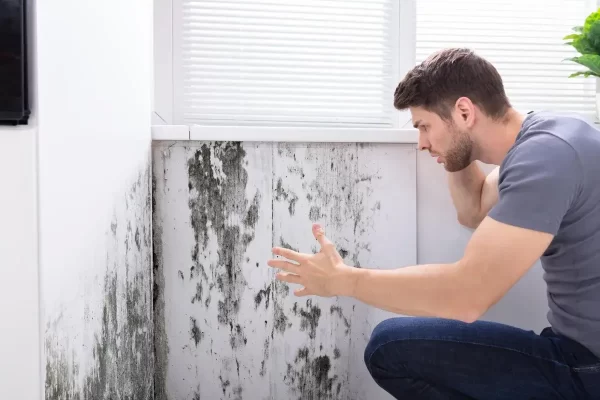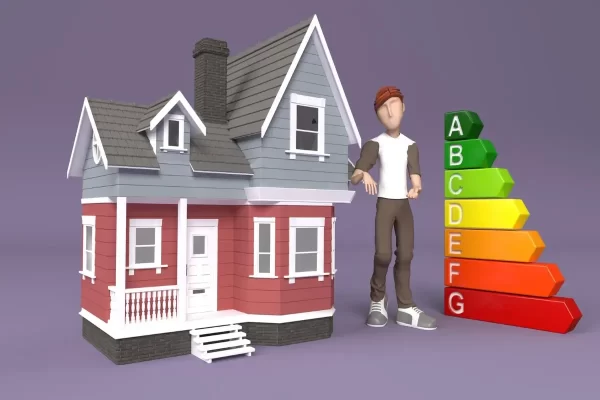You should definitely consider getting a mold examination before purchasing a new house. Mold inspection Rochester Hills is quite different from a standard home inspection. While most home inspectors will perform a cursory check for mold as part of their routine home inspection, they will not conduct an in-depth inspection. Therefore, getting a separate mold inspection is quite necessary.
Many people do not know much about mold inspection. There are also many myths revolving around mold inspection and testing that can cause misconceptions. This article aims to save you from myths by giving answers to all your questions in detail.
What Is Mold And What Causes It?
Mold is a fungus that thrives in damp environments, just like any other fungi. Mold spreads through the release of spores, which are minuscule particles as small as a single cell. Mold spores can float in the air and reach different surfaces. Contrary to what you may think, mold spores are found both outside and inside your home. Without any kind of enormous industrial cleanroom filtering system, removing all mold spores from a residence would be almost impossible.
Mold spores, on the other hand, only become mold when they come into contact with a moist surface. That means that if you can keep the inside of your house dry, you won’t have any mold problems.
You can avoid mold by cleaning up spills, repairing leaks in your roof, plumbing, or HVAC system, and making sure your kitchen and bathroom are correctly venting moisture out of the house.
Mold harms the surface it grows on, and it can aggravate allergies and asthma. You should get it remediated as soon as you find out about it.
Does Mold Require A Specialized Inspection?
Mold can be tough to deal with. It knows how to conceal itself. Mold can thrive on almost anyplace it can find an opportunistic environment, whether it’s in a dark corner of your basement or under rusted old furniture. It can grow anywhere in a house where everything is organic.
As a result, this sneaky mold is likely to be overlooked during a standard home inspection. As a result, mold necessitates a specialized assessment by experts who can identify and determine whether the house you’re about to buy or your current home is contaminated with mold.
What Is a Mold Inspection?
During the house mold inspection, the inspector looks for signs of previous or current mold growth. Mold growth in the past could signify a water problem that will resurface if certain conditions, such as a persistent leak, reappear. Past mold growth could also trigger an allergic reaction in susceptible people. Mold inspections examine every region of the structure where mold can easily grow, as well as areas where mold growth could be causing structural difficulties like wood decay in crawl spaces.
During a normal mold inspection, the inspector usually asks the property owner about any areas where mold has been found, as well as any areas where moisture problems or water damage have occurred in the past. The inspector will investigate the house, looking for areas that are susceptible to mold growth. The mold inspector will check for sources of moisture. Mold cannot develop without water. Mold will not grow in the absence of a source of water. As a result, if mold is present, it must be linked to a source of moisture. Mold growth can reappear if this source of moisture is not identified and eradicated, and remediation efforts will be of no use.
Mold always seeks moisture sources for growth. Mold inspections come under the umbrella of “Indoor Air Quality” (IAQ) investigations. These inspections usually try to find the irritants in the air that cause discomfort to the homeowners.
How To Get A Mold Inspection?
Look for contractors who provide the best mold inspection services in your area. Inquire about the number of mold inspections they’ve completed in the last six months. Get a few estimates by calling around your neighborhood. You can save a few hundred dollars by shopping around.
How Much Is a Mold Inspection?
A full mold examination will cost most homeowners or buyers roughly $650 on average, but prices might vary substantially. Some people spend as low as $300 or as much as $1,000 on mold inspection cost depending on the size of the home and its location.
How To Do A Mold Inspection?
There are two primary ways of collecting samples during mold testing: air sampling and surface sample. Both methods of testing necessitate the use of a qualified laboratory. Mold samples can be tested by the local health department in specific situations. However, it is more normal for a private lab to do the analysis and provide a report, and the cost is usually included in the test kit price. Contrary to what you may think, you cannot perform an inspection for mold yourself without hiring a professional mold inspector.
Along with sample equipment, home inspectors usually employ the following tools for a mold assessment of the home’s interior:
Moisture in structural components is detected using this basic instrument. Invasive and non-invasive models are both available.
The humidity level inside a room or structure is measured using a humidity gauge.
Where visual inspection is not possible, such as for suspected water penetration into structural components, thermal imaging or an infrared (IR) camera can detect damp and wet areas non-invasively. Dark gradients will appear in problem regions.
Through an aperture in the component, a borescope may visualize suspected mold development and other abnormalities inside plumbing pipes and structural elements.
This instrument monitors air flow rate, which might be useful in determining whether the residence has mold-friendly circumstances.
Should I get a Mold Inspection When Buying A House?
Yes. Don’t get caught up in other people’s troubles. Before you buy a house, have it inspected for mold. If a home mold inspection reveals contamination, the seller is responsible for resolving the problem. If the inspection reveals any problems with the house (such as electrical problems or mold), the seller will normally remedy the problems on his or her own.
Who Pays For A Mold Inspection?
Typically a buyer, who is interested in purchasing the house, orders and pays for Mold Inspection Testing MI . If the results turn out to be positive, the buyer will either ask the seller to pay for remediation, or he would instead cut the cost from the total price of the house.
Sometimes, sellers also order and pay for mold inspection before putting their house up for sale.
How Long Does A Mold Inspection Take?
A basic inspection takes roughly two hours, while a thorough examination of the complete structure can take up to six hours. There is no specific time. It all depends upon the size of the house, location, hidden spaces, number of issues, etc.
What Happens If Mold Is Found During A Home Inspection?
In case the mold inspection and testing confirm the presence of mold. The licensed inspector will write a report describing the type of mold and the area it affects. You may easily clean it if it is less than 10 square feet or 52 square areas. If it is larger than 10 square feet, however, there is a problem and mitigation may be required. Knowing the answers to these questions can help you decide if buying a mold-infested home is a good idea.
Where Can I Find Mold Inspection And Testing Near Me?
If you live in Rochester Hills, Troy, Sterling Heights, or somewhere in the surrounding areas, Total home inspections are here for you. We provide the best and most reliable mold inspection services to our clients. Our mold inspectors use special equipment and innovative sampling techniques to detect mold inside the house. As long as we are with you, there is nothing you need to worry about. Follow this link to schedule a service right now.
